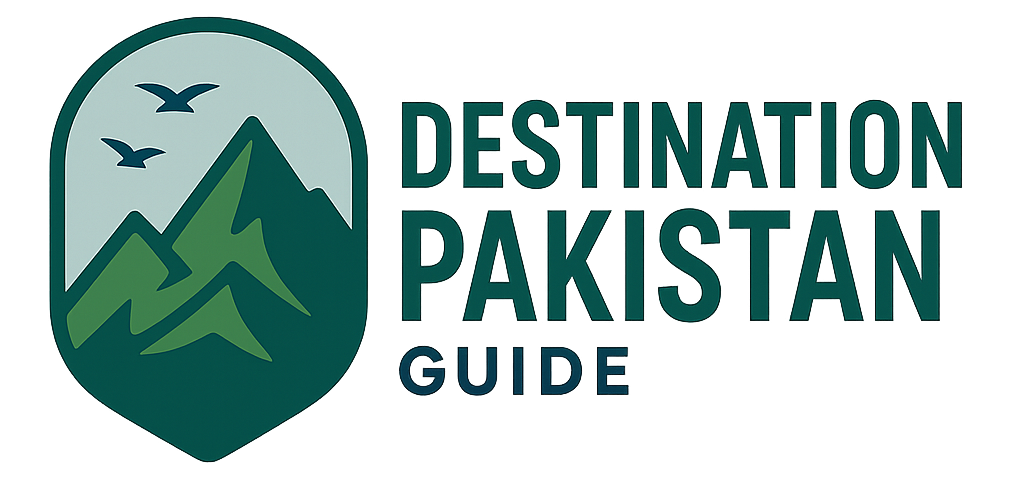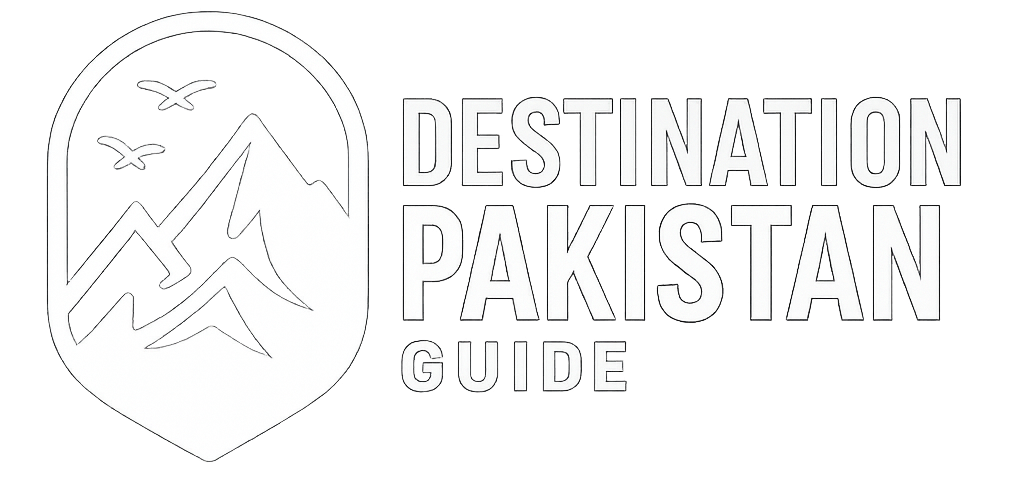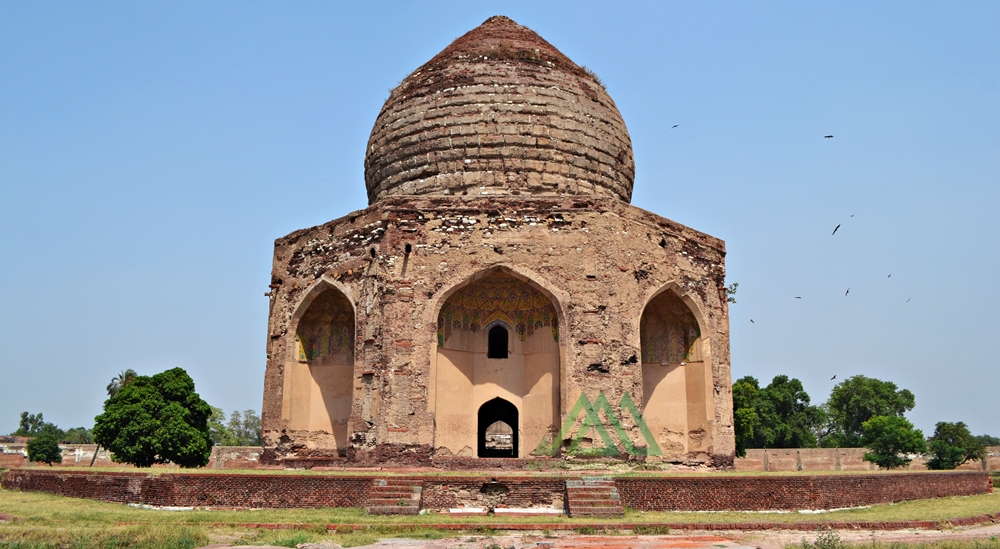Exploring Punjab: The Land of Five Rivers
Punjab is a name derived from the Persian words Punj (meaning five) and Ab (meaning water). It quite literally translates to “(The land of) Five Rivers.” These five rivers are the Jhelum, Chenab, Ravi, Sutlej, and Beas. It’s important to note that the Beas River is now situated in Indian Punjab, while the Indus River is considered the fifth river of Punjab in Pakistan. The Punjab Province stands as the most fertile, populous, and prosperous province, housing approximately 56% of the nation’s population.
Geographical Diversity
Geographically, the Punjab province is a land of striking contrasts. It primarily consists of the alluvial plains of the Indus River and its four major tributaries: the Jhelum, Chenab, Ravi, and Sutlej rivers. Moreover, this diverse province spans an area of 205,344 square kilometers, ranging from the lush plains of the Indus River to the arid deserts of Cholistan, from the foothills of the Himalayas to the Potwar plateau and the Salt Range. Punjab is bordered by Kashmir to the northeast, the Indian state of Punjab and Rajasthan to the east, Sindh to the south, Baluchistan to the southwest, Khyber Pakhtunkhwa to the west, and Islamabad (the capital) to the north.
Major Cities
With 36 districts in the province, Lahore takes the crown as the provincial capital and the largest city. Lahore undoubtedly has a rich historical significance and was the capital of the broader Punjab region before the creation of Pakistan. Other significant cities in Punjab province include Bahawalpur, Multan, Gujranwala, Sargodha, Sialkot, Gujrat, Sheikhupura, Sahiwal, Faisalabad, Lahore, Jhelum, Attock, and Rawalpindi.
A Journey Through History
The history of Punjab is a tapestry woven with threads of diverse cultures and civilizations. Evidence suggests that humans settled along the banks of the Soan River more than 100,000 years ago. However, it was the ancient Harappan civilization, dating back 5,000 years, that laid the foundation for subsequent cultures in South Asia and Afghanistan. Over the centuries, Punjab saw waves of invaders from Greece, Central Asia, Iran, and Afghanistan, drawn to its strategic location.
Throughout its storied past, Punjab has been a part of various empires and dynasties, including the Indus Valley Civilization, Aryans, Kushans, Scythians, Greeks, Persians, Arabs, Turks, Ghaznavids, Timurids, Afghans, Mughals, Sikhs, and the British, just before the formation of Pakistan.
Traditionally, Punjab served as a focal point on the old Mughal Highway – the Grand Trunk Road (GT Rd) – connecting Central Asia to the Indian subcontinent. Lahore, long before partition, reigned as the capital for nearly a millennium, remaining a significant cultural, historical, and intellectual hub in the region.
The partition of the subcontinent in 1947 marked a pivotal moment in Punjab’s history. The Muslim-dominated areas became the present-day province of Punjab, while the Sikh and Hindu-controlled regions formed the Indian states of Punjab. Today, Punjab stands as the heart of the nation, driving political and economic progress.
Cultural Tapestry
People
Punjab is home to warm-hearted and fun-loving people, residing in both rural and urban areas. The province creates a heterogeneous society with diverse tribes, clans, and communities. In rural areas, traditional beliefs, superstitions, and cultural norms shape daily life, with practices like in-faqeers, Jogi, Taweez, manat-ka-dhaga, and belief in saints and black magic. In urban centers, however, literacy has ushered in rationality, blurring the lines of the caste system. Major Punjabi castes include Jats, Maliks, Mughals, Arains, Gujjars, Awans, Rajputs, Gakhars, Khokhars, Sheikhs, Kambohs, Niazis, Legharis, Khosas, Dogars, Mirani, Qureshis, and Syeds.
Dresses
Traditional attire for Punjabi men in villages comprises the Pagri (turban), dhoti/Lacha (loose cloth used as trousers), kurta (knee-length shirt), and Khusa (traditional shoes). Women, on the other hand, wear Gharara or churidar pajama or colorful shalwar kameez, Paranda, choli/dupatta, Khusa, kola puri chappal, or Tillay wali Jutti. In urban areas, however, fashion takes center stage, with both men and women donning trendy outfits.
Religious Affiliation
Punjab’s religious landscape has evolved over centuries. Initially, it was predominantly a Hindu state with Buddhist minorities before the arrival of Islam in 712 AD by Muhammad bin Qasim. The region later fell under Mughal rule for over two centuries, leaving behind architectural marvels, including mosques, forts, and gardens. Sufism, with its strong teachings, played a pivotal role in spreading Islam in Punjab. Today, the province is dotted with numerous Sufi shrines that attract millions of devotees annually.
Arts and Crafts
Punjab, as the most populous province, boasts a significant manufacturing industry, contributing substantially to Pakistan’s economy. Art and craft find their place in this rich tapestry, with major products including basketry, pottery, textiles, embroidered cloth woven on handlooms, cotton, silk, carpets, stonecraft, jewelry, metalwork, truck art, and woodwork.
Culture
Punjab’s culture traces its roots back to the highly developed Harappan Civilization. Subsequent civilizations have left their mark, shaping the culture in the realms of philosophy, poetry, music, art, architecture, and cuisine. Sufism has played a pivotal role in spreading harmony among the people. Punjab hosts a multitude of festivities that reflect its rich cultural traditions. Known for relatively liberal social attitudes in Pakistan, Punjab is a cultural melting pot.
Languages
The Punjab province is home to Punjabis and various other ethnic groups. Punjabi is, in fact, the mother tongue of 44% of Pakistanis. At the same time is understood by most of the population. Other languages, including Saraiki, Hindko, Pahari, and Pathowari, coexist alongside Punjabi. Additionally, Urdu serves as the national language, mainly in urban areas, while English is the official language for official communication.
Festivals
The people of the Punjab province enthusiastically celebrate both religious and cultural festivals. Revered religious festivals include Shab-e-Barat, Eid ul Fitr, Eid ul Adha, Eid Milad u Nabi, and Muharram. Cultural festivals like Baisakhi/Vaisakhi (Sikh festival), Basant, Teej, and Kanak Kati add to the vibrant tapestry of Punjab’s celebrations.
Cuisine
Punjabi cuisine is especially renowned for its delectable flavors. Traditional dishes often feature the use of oil or clarified butter, combined with an array of spices. Meals are typically enjoyed with rice or roti (bread). Breakfast favorites include sugar tea, butter, and paratha. Likewise, lunch and dinner in rural areas revolve around dishes like Mash di daal, Makai ki roti, and Saron da Saag. In urban centers, on the other hand, you’ll find dishes like Choley, Haleem, Biryani, and various spicy delicacies. Additionally, the sweet tooth is satisfied with treats like Zarda, Gulab-Jamuns, Kheer, and Jalaibi. Similarly, Samosa and Pakorey are enjoyed as refreshing snacks, especially with tea. During the scorching summers, however, locals quench their thirst with beverages like Lassi, Doodh-soda, Aaloo Bokharey ka Sharbat, and Lemonade.
Discovering Punjab’s Charms
Punjab offers a diverse range of tourist attractions, from prehistoric sites to contemporary wonders. The province’s timeline is rich in significant events and landmarks, providing a wealth of heritage. Its varied landscape encompasses natural wonders and man-made marvels. Whether you’re exploring the cool, cloudy hill stations of Murree or the arid deserts of Cholistan, Punjab has something for every traveler. From the Khewra Salt Mines to sites of Buddhist and Hindu influence, Islamic heritage, Mughal architecture, Sikh legacy, British heritage, and the Nawabs of Bahawalpur’s grand buildings, Punjab promises a captivating journey for all.
Economic Powerhouse
Punjab stands as one of South Asia’s most developed regions, with approximately 40% of its population residing in urban areas. Its high human development index rankings set it apart from the rest of Pakistan. The province’s economy thrives primarily on agriculture and industry, serving as the primary sources of income and employment. Agriculture alone contributes to 68% of Pakistan’s food grain production, with major crops including wheat, rice, corn, millet, cotton, sugarcane, fruits, and vegetables. The manufacturing sector accounts for 24% of Punjab’s GDP, producing textiles, machinery, electrical appliances, surgical instruments, metals, bicycles, rickshaws, floor coverings, and processed foods.
Varied Climate
Punjab’s economy is closely tied to its climate, as agriculture plays a pivotal role. The province, in fact, experiences three distinct seasons: hot summers (from mid-April to the end of June, with temperatures reaching up to 49°C), the monsoon season (July to September), and cold, foggy winters accompanied by rains (December and January, with an average temperature of 5°C). But, transitional periods exist between the seasons, leading to sudden hailstorms and heavy showers followed by temperature fluctuations. Furthermore, Springtime weather prevails until mid-April, ushering in the scorching summer heat.
Best Time to Visit
Punjab, with its diverse climate, is best explored during the winter months, from November to March. Summer, with its extreme heat, however, can be challenging for tourists from cooler regions.
Endless Exploration
Punjab’s central location within Pakistan ensures easy access to and from all provinces and territories. The province boasts multiple airports in cities like Lahore, Multan, Bahawalpur, and Sialkot providing international connectivity. Road travel is well-supported by trains and buses, ensuring seamless movement within Punjab and beyond.











[…] Gilgit-Baltistan is located to the northeast; the Federal Capital of Islamabad, Azad Kashmir, Punjab cover the southeastern section and the northern tip of Balochistan makes up the southern border of […]
[…] temples are a valuable piece of ancient architecture and one of the oldest Hindu religious sites in Punjab, Pakistan. This splendid complex of temples dedicated to Ram, Hanuman, and Shiva, is laid around a […]
[…] Derawar is a gigantic citadel in Bahawalpur district, on the edge of Cholistan Desert, in southern Punjab, Pakistan. Square in shape and towering over the wide stretch of surrounding semi-desert, the […]
[…] oblong shaped courtyard situated between Jahangir’s Tomb and Asif Khan’s Tomb in Lahore city in Punjab province of Pakistan. This unique Mughal era structure was built in 1637 to host travellers and caretakers of […]
[…] Army. Later, it was converted into a Christian Church during British rule. The mausoleum serves as Punjab Records Office since […]
Assalam o alaykum
I am Ibrahim Faiz .i am from China
My wife from Pakistan
What i want to do
I want writing Pakistan each city history,food style, lifestyle, culture.
I want in my blog many Chinese will to know more Pakistan
Also i am start to learning Urdu
I want future can write a book for introducing China city
I think in the future. Many Chinese will traveling Pakistan
Also many Pakistani will travel to China
That what i want to do
Kindly you can reply me
JAZAK ALLAH KHAIR
Hi Ibrahim. Thanks for your comments. I am sorry for the late reply as my site was down. Hope to stay in touch.
[…] Derawar is a gigantic citadel in Bahawalpur district, on the edge of Cholistan Desert, in southern Punjab, Pakistan. Square in shape and towering over the wide stretch of surrounding semi-desert, the […]
[…] Gilgit-Baltistan is located to the northeast; the Federal Capital of Islamabad, Azad Kashmir, Punjab cover the southeastern section and the northern tip of Balochistan makes up the southern border of […]